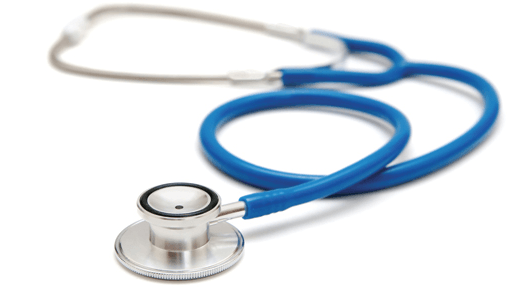
Without accelerated efforts and investments, the country will be unable to achieve health-related targets under the United Nations Sustainable Development Goals (SDGs) by 2030, says the Ghana Statistical Service (GSS).
Government Statistician, Samuel Kobina Annim, made this observation at the 2022 Ghana Demographic and Health Survey (GDHS) release in Accra – where he stressed that based on the findings of the report, it is evident achieving the SDG goals two (zero hunger), three (good health and well-being) and five (gender equality) targets will require intensified efforts and resources.
Highlights
According to him, from the access and behaviour points of view, health improvements are a shared responsibility between individuals and the state. While urging government and respective stakeholders to leverage gaps the survey will point out to inform sound decision making, he stressed that an individual’s health behaviour also cannot be underestimated.
He cited that with respect to health-seeking behaviour, for instance, about one-third (32.4 percent) of women 15 to 49 years visited a health facility or health provider in the six months preceding the survey, while one-fifth of men in this age range (20.4%) did so.
Giving further highlights of the survey, he indicated that there is evidence of retrogression for some health indicators over time – citing that childhood vaccination coverage remains lower than in previous surveys. Currently, 75 percent of children are vaccinated against all basic antigens, which is a decrease from 79 percent in the 2008 GDHS.
The 2022 GDHS also shows a slight increase in the percentage of children with no vaccinations, from 1 percent in the 2008 GDHS to 2 percent in 2022. Sexual violence increased by 1.1 percentage points between 2008 and 2022.
Also, regional variations are stark across several health indicators, as childhood mortality rates by region vary in range considerably. For instance, regions with the highest under-5 mortality rates for the ten-year period before the surveys are Oti and Savannah – 72 and 63 deaths per 1,000 live births, respectively; while Ahafo and Greater Accra Regions have the lowest under-5 mortality rates – 29 and 20 deaths per 1,000 live births, respectively.
The report further shows that health and education remain key drivers in addressing health challenges at the individual level. Health indicators that increase with the maternal education and household wealth quintile are malaria and stunting in children under 5 years; while, conversely, obesity increases with education and wealth.

Scope
GDHS is a population-based survey designed to monitor progress on health service utilisation and management to inform decision-making. The survey covered issues such as: nutrition; maternal and child health – including malaria and anaemia; adult and childhood mortality; fertility; family-planning; breastfeeding practices; women’s empowerment; domestic violence; HIV/AIDS and other STIs; and other issues such as smoking.
The information collected through the GDHS is intended to assist policymakers and programme managers in designing and evaluating programmes and strategies for improving health of the country’s population. The 2022 GDHS also provides indicators relevant to the Sustainable Development Goals (SDGs) for Ghana.
Stakeholders
Director-General, Ghana Health Service, Dr. Patrick Kuma-Aboagye, in an address after the survey’s launch in Accra, emphasised his outfit’s commitment to working with the data at hand to bridge gaps in health coverage.
In the face of regional disparities in health coverage, the director expressed readiness to ensure improvements across the board.
USAID Ghana Health Office Director, Dr. Zohra Balsara, on her part reiterated that the data will help stakeholders better understand trends in the health sector.
She emphasised the need to renew efforts at addressing concerns on malnutrition, adolescent sexual health, and education and teenage pregnancy, among others.
In a speech read on his behalf, World Health Organisation Ghana Representative, Prof. Francis Kasolo, said the 2022 GDHS will add to the large worldwide database – urging that the data be utilised to bridge gaps in the health sector.
2022 GDHS
The 2022 GDHS is seventh in a series conducted routinely to provide national estimates of demographic and health indicators that are comparable over time and across countries.
The 2022 GDHS was conducted by GSS in collaboration with the Ministry of Health, Ghana Health Service and other stakeholders, with funding from the United States Agency for International Development (USAID) and other partners.
A total of 18,540 households were selected for the GDHS sample, of which 18,065 were found to be occupied. Of the occupied households, 17,933 were successfully interviewed – yielding a response rate of 99 percent. For the interviewed households, 15,317 women aged 15–49 were identified as eligible for individual interviews. Interviews were completed with 15,014 women, yielding a response rate of 98 percent.
In the subsample of households selected for the male survey, 7,263 men aged 15–59 were identified as eligible for individual interview and 7,044 were successfully interviewed, yielding a response rate of 97 percent.
The post Risk of missing health-related SDGs high – GSS warns appeared first on The Business & Financial Times.
Read Full Story















Facebook
Twitter
Pinterest
Instagram
Google+
YouTube
LinkedIn
RSS